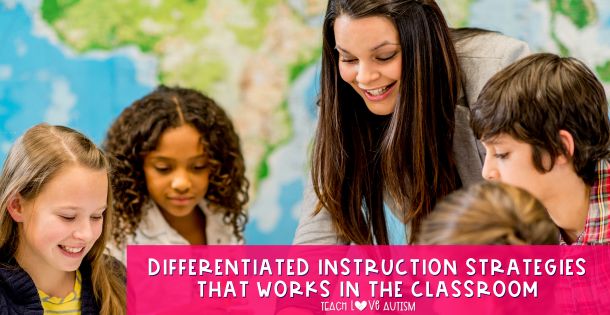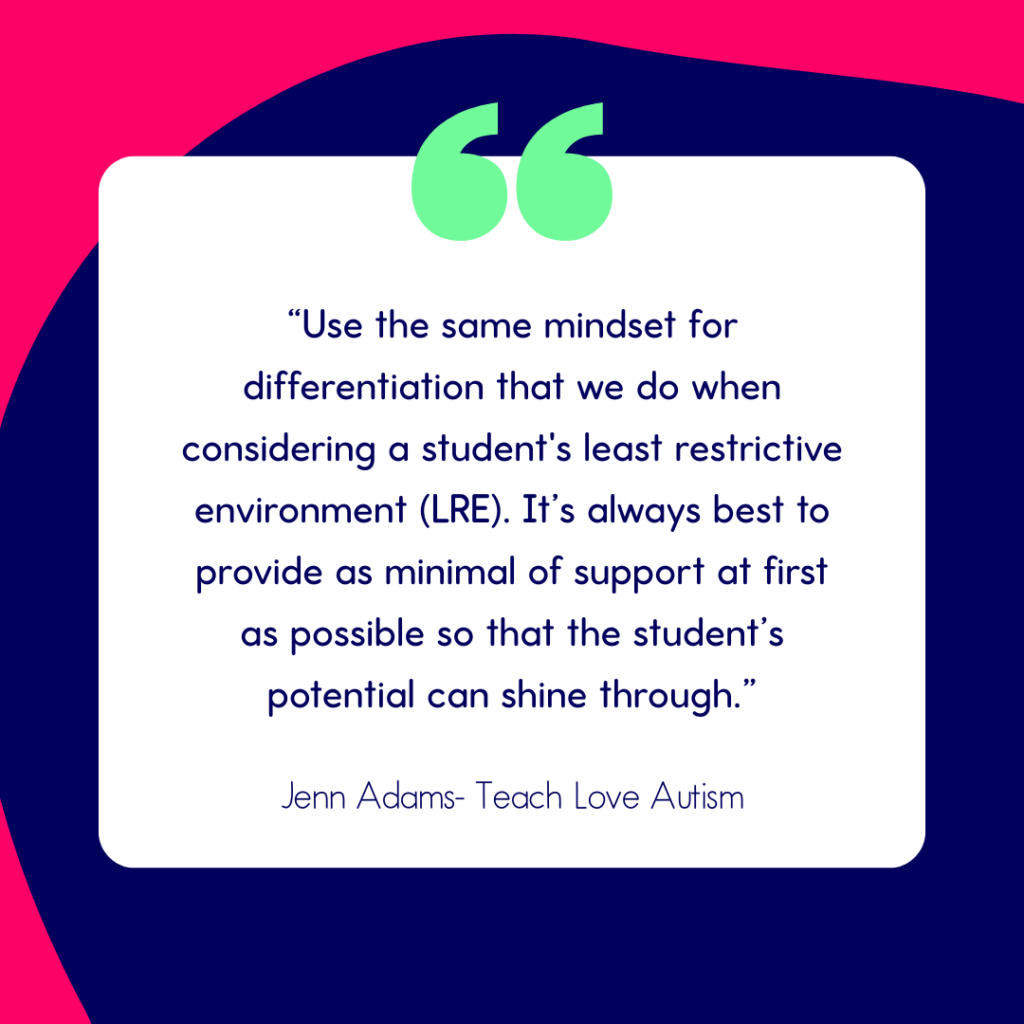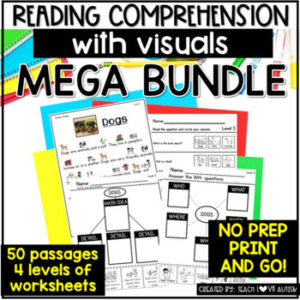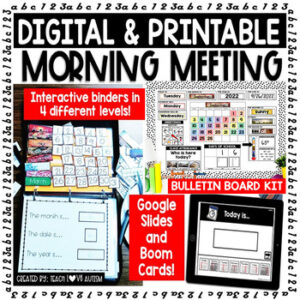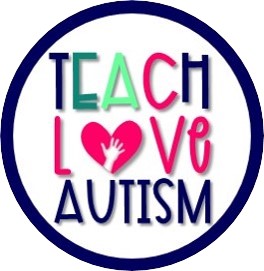Differentiated Instruction Strategies for the Special Education Classroom
As special education teachers, differentiated instruction can be tough. Meeting the diverse needs of students with a wide range of abilities and learning styles is not easy. Differentiation is a fundamental strategy that allows you to tailor instruction to accommodate these varied needs effectively. In this blog post, we’ll explore the importance of differentiation in special education. Look at practical methods to differentiate instruction, and strategies for managing your classroom to enhance learning for all students.
Why is differentiation important in special education?
Differentiation in special education is critical because it addresses the unique learning profiles of each student. Special education students may have disabilities that range from mild learning difficulties to more significant cognitive, emotional, or physical challenges. Differentiation ensures that each student receives instruction in a manner that best suits their strengths and needs.
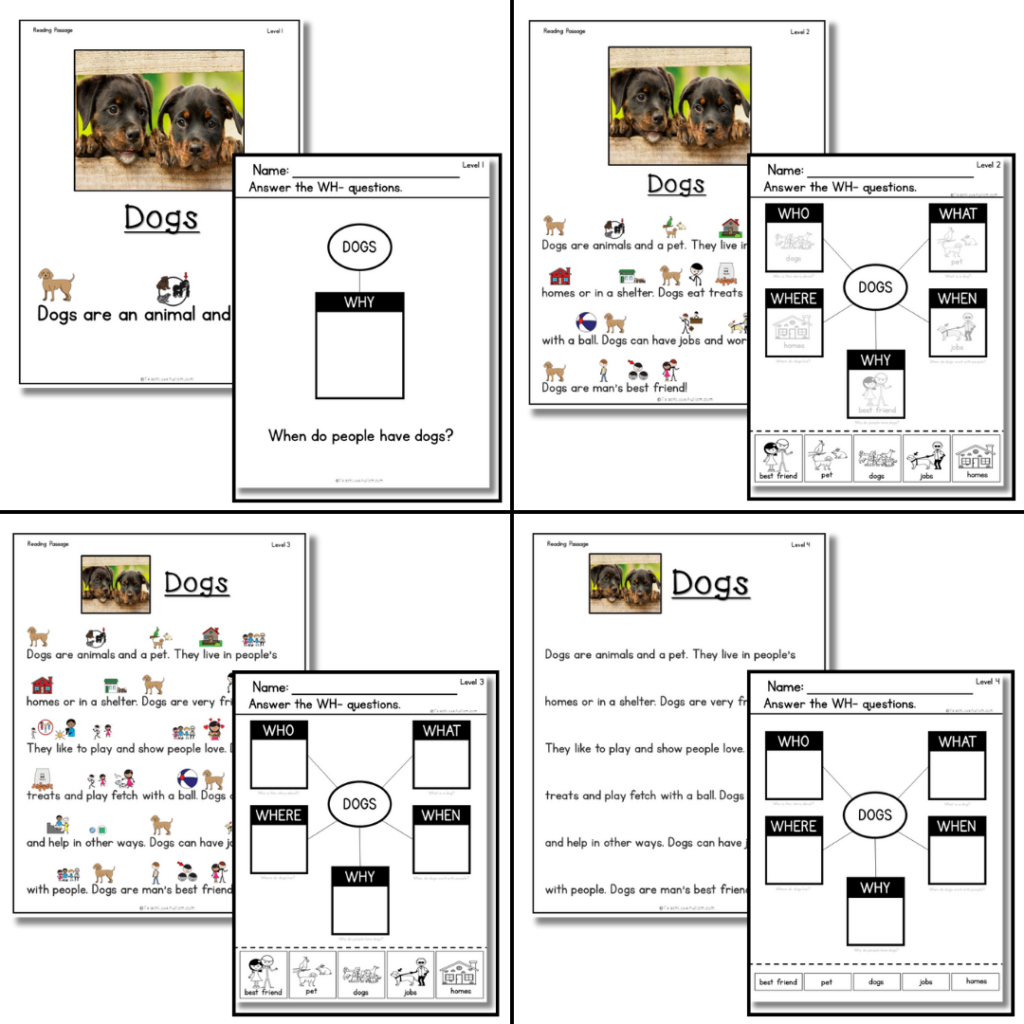
For instance, while one student may excel in visual learning, using graphic organizers and images, another might benefit more from auditory methods like oral storytelling or music. By employing a variety of instructional strategies, teachers can create a more inclusive and engaging learning environment that fosters better educational outcomes.
How can you effectively use differentiated instruction?
Differentiating instruction in a special education classroom can seem daunting. It becomes manageable through systematic planning and the use of specific techniques. Here are some methods you can try:
- Adjusting Content: Tailor what students learn by modifying the complexity of the information or by presenting it in different formats. For example, using simplified text or providing a more detailed explanation as needed can make the content accessible to all learners.
- Varying Process: Adapt the way students access material. This could involve grouping students by shared interest, topic, or ability for assignments, using technology to aid learning, or providing different resources such as interactive apps for those who may benefit from hands-on engagement.
- Modifying Products: Allow students to demonstrate their understanding in various ways. Instead of a traditional written test, some students might benefit from creating a visual project or participating in a group presentation.
- Implementing Flexible Grouping: Rotate the composition of student groups to promote social skills and minimize labeling. This approach allows all students to work with others who have both similar and different abilities, fostering a cooperative learning environment.
What are some practical examples of differentiated instruction in the classroom?
To better illustrate how differentiation might look in practice, consider these scenarios:
- Literature Study: When studying a book, provide different reading levels of the text to cater to various students’ abilities. You can also offer audio recordings for students who process auditory information more effectively. Activities related to the book could include traditional essays, creative storytelling, or even dramatic reenactments, depending on each student’s strengths.
- Math Concepts: For teaching a new mathematical concept, use manipulatives, visual aids, and technology-based tools to explain complex ideas. Offer differentiated worksheets where the level of difficulty is adjusted to meet the needs of each student. Some might work on basic skills while others tackle application problems or more challenging tasks.
- Science Experiments: In a science class, instructions for experiments can be provided in both text and video formats. Provide additional staff or peer support for students who may need help with the physical aspects of the experiment. Assess understanding through various means, from written lab reports to verbal explanations or visual diagrams.
How would I incorporate differentiated instruction into a student’s IEP?
Additionally, there are different places in an IEP (individualized education program) that you want to highlight that a student benefits from differentiated instruction. Keep in mind that when we write an IEP it needs to provide others with a clear picture of what the student can do and what they need continued support with to learn.
Present Levels
This part of the IEP is meant to tell the story about the student. This is the perfect place to describe what the student does in the classroom and the support they need to succeed. Be sure to add in if you differentiate instruction for the student what it looks like, what tools you use, and how it supports them. The more descriptive you are the easier it will be for others to provide the same consistent support. This could be parents, related service providers, co-teachers, and even future teachers the student may have.
SDIs, Modifications, Accommodations
Depending on the school this can be the same section of the IEP but called a different name. We add specific supports the student needs and also name the exact environment it’s used. This is the most direct way to add differentiation supports in for a student. Some examples could be in different forms such as:
Instructional Approaches
- Small Group Instruction:
- Teachers can create small groups based on ability levels or learning styles to provide more focused instruction and allow students to work collaboratively.
- Tiered Assignments:
- Assignments are designed at different levels of complexity to match students’ readiness levels, ensuring each student is challenged appropriately.
- Learning Centers:
- Various stations around the classroom focus on different skills or concepts, allowing students to rotate through and engage with the material in different ways.
- Flipped Classroom:
- Students watch instructional videos or read materials at home and then come to class prepared to engage in hands-on activities or discussions, allowing for more individualized support in the classroom.
Adapted Tools
- Graphic Organizers:
- Tools like Venn diagrams, flowcharts, and concept maps help students organize information visually, aiding comprehension and retention.
- Audiobooks:
- Audiobooks provide an alternative for students who struggle with reading by allowing them to access the same content through listening.
- Assistive Technology:
- Tools such as screen readers, speech-to-text software, or visual timers can assist students with specific needs, helping them engage with the material more effectively.
- Manipulatives:
- Physical objects like counting blocks, geometric shapes, or word tiles help students grasp abstract concepts through tactile, hands-on learning.
Teaching Materials
- Leveled Readers:
- Books at varying reading levels enable students to practice reading with texts that match their abilities, promoting growth in literacy skills.
- Interactive Notebooks:
- Students can use notebooks that include a mix of writing, drawing, and activities to personalize their learning experience and reinforce concepts.
- Variety of Texts and Formats:
- Offering different genres, such as fiction, nonfiction, poetry, and a variety of formats like articles, videos, or podcasts caters to diverse learning styles and interests.
- Visual Aids:
- Charts, graphs, images, schedules, and videos enhance understanding for visual learners and can simplify complex concepts for all students.
Related Services and Supports
This section outlines the services and support the student will receive. This section may not seem as obvious to use for differentiation. All members of the IEP team must be on the same page and are as consistent as possible with delivering instruction as the student needs. During an annual IEP meeting, I recommend that team meetings are a support added to the IEP. This allows the team to meet usually monthly, or bi-monthly to check in on the student’s progress, and ensure everyone is using the same practices to support the student. This needs to be an IEP team decision, and parents may have to advocate for it.
Getting started? First, try this for differentiated instruction.
Differentiated instruction should not be complicated. We sometimes think that an intervention or strategy that we use in the classroom has to have some drastically different approach which is not true. Just like how we look at a student’s educational placement we always aim for the LRE (least restrictive environment). We do this because we don’t want to provide more support than is necessary for the student and we want to ensure they have access to an appropriate education. With differentiation, we can use that same approach to not intervene in a student’s ability to complete any task more than necessary.
Here’s an example:
A student who struggles with understanding the quantity that a number represents may have better success with visuals to support when they have to complete a math worksheet. But, the teacher doesn’t have to create something on the computer, print, and laminate cards with visuals on them. The teacher can simply use the margin of the worksheet the student is completing to create a quick visual representation to help the student.
Suppose the teacher didn’t use that simple mode of differentiation. In that case, they may spend hours buying resources, getting out manipulatives, and providing way more support than the student needs. When it comes to differentiation to start, less is more. We can’t put too many interventions in place, otherwise we will never know which one is providing the students the support they need.
Conclusion
Differentiation is not just a special education teaching strategy but a philosophy that embodies the belief that all students can learn and succeed in any type of classroom. By differentiating instruction, special education teachers can provide a more equitable educational experience that respects and values the diverse abilities of all students. Remember, the goal of differentiation is to make learning accessible and engaging for each student, helping them achieve their individual best.
Materials I’d Recommend for Differentiated Instruction:
-
Sale Product on saleReading Comprehension with Visuals for Special Education Bundle
$150.00Original price was: $150.00.$120.00Current price is: $120.00. -
Sale Product on saleWH Question Adapted Books for Special Education
$32.50Original price was: $32.50.$26.00Current price is: $26.00. -
Sale Product on saleMorning Meeting | Calendar Time | Circle Time | Bundle for Special Education
$37.50Original price was: $37.50.$28.00Current price is: $28.00.

